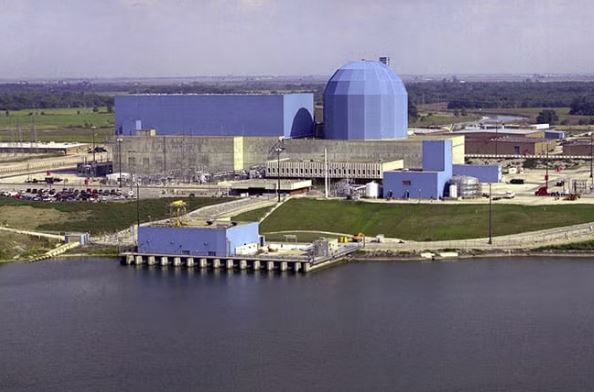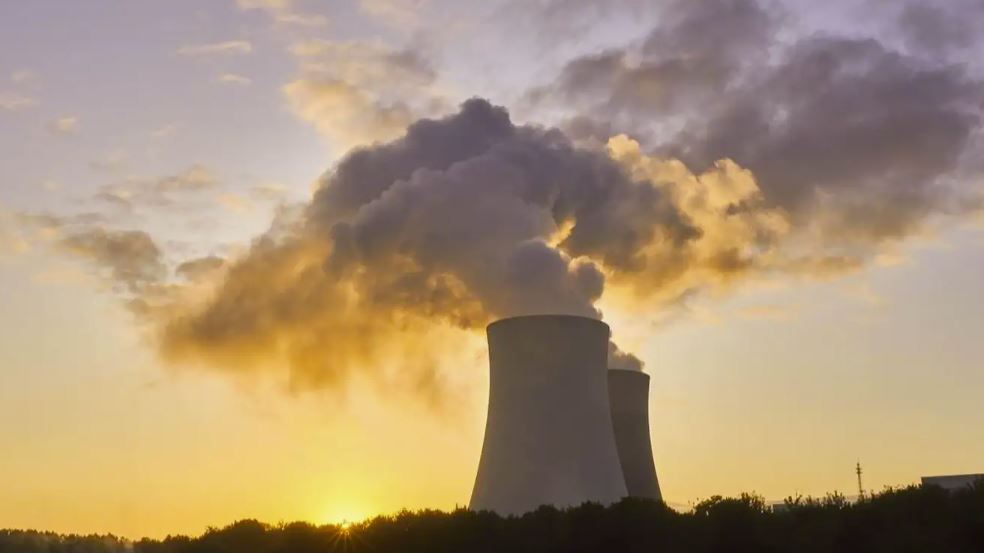From InterestingEngineering.com: Atharva Gosavi

The AI race is causing a rising demand for nuclear power plants. “By 2030, U.S. data centers could consume anywhere between 214 TWh to 675 TWh annually – a 2.6x increase compared to 2023 consumption. Due to intermittency, transmission limitations, and carbon constraints, renewable and fossil fuels fall massively short of fulfilling these demands.
Amazon just announced a partnership with X-energy, Korea Hydro and Nuclear Power (KHNP), and Doosan Enerbility to build advanced small modular reactors (SMRs) in the United States. The partnership aims to accelerate their deployment to meet data centers and AI’s growing power demands. The partnership will deploy X-energy’s Xe-100 SMRs, coupled with TRISO-X fuel – a high-assurance form widely considered one of the safest in the nuclear sector.”





